Table of Contents
- 1. Social Media Audit Format Template
- 2. Sample Social Media Audit
- 3. Social Media Audit and Risk Consideration
- 4. Internal Audit for Social Media Download
- 5. Brand Audit Social Media with Checklist
- 6. Organic Facebook Social Media Audit
- 7. Social Media Communications Audit Layout
- 8. Social Media Marketing Audit Template
- 9. Printable Salable Social Media Audit Plan
- 10. Basic Social Media Audit Example Download
- 11. Sample Social Media Audit Strategic Plan
- How to Perform a Social Media Audit (5 Steps)
- What do you Mean by a Social Media Audit?
- Why do you Conduct a Social Media Audit?
- Why is the Social Media Audit important?
Social Media Audit
The social media audit is the process to evaluate and assess the business organization’s social media profiles and strategies. It is through this procedure that the e-commerce business can be at the top of the online presence. It studies and keeps track of the traffic or web audiences visiting the particular website. In this process, it analyzes and finds out about the site that grabs the attention of the highest number of traffic and the reason behind it. The social media expert checks on the progress of the different sites and pages.

1. Social Media Audit Format Template
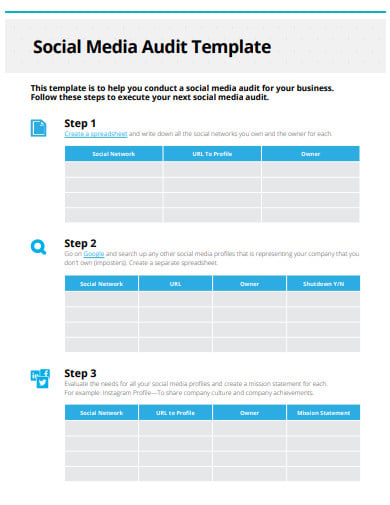 blog.hootsuite.com
blog.hootsuite.com2. Sample Social Media Audit
 thedrewblog.com
thedrewblog.com3. Social Media Audit and Risk Consideration
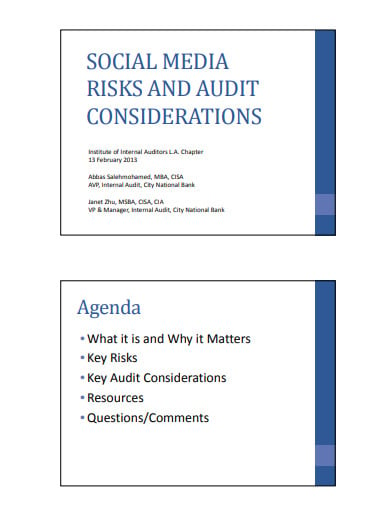 chapters.theiia.org
chapters.theiia.org4. Internal Audit for Social Media Download
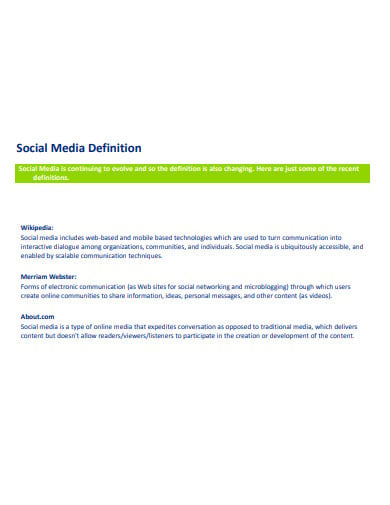 isaca.org
isaca.org5. Brand Audit Social Media with Checklist
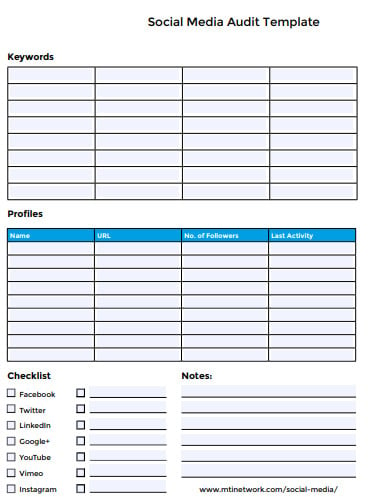 netdna-ssl.com
netdna-ssl.com6. Organic Facebook Social Media Audit
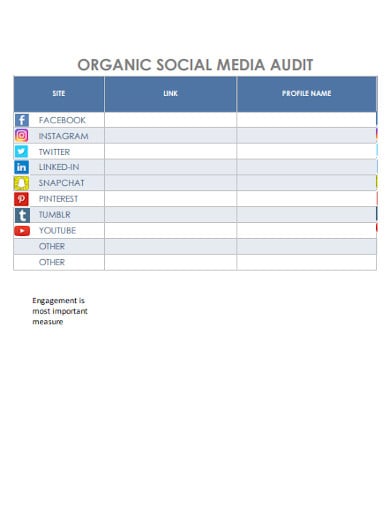 nextgenmarketingnow.com
nextgenmarketingnow.com7. Social Media Communications Audit Layout
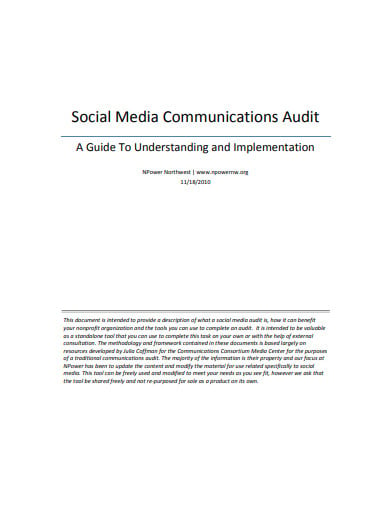 commons.org
commons.org8. Social Media Marketing Audit Template
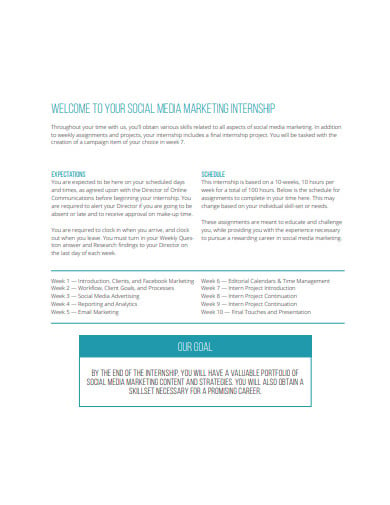 titanwebmarketingsolutions.com
titanwebmarketingsolutions.com9. Printable Salable Social Media Audit Plan
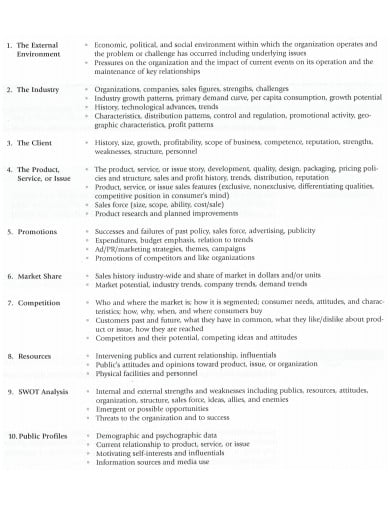 socialmedia.gmu.edu
socialmedia.gmu.edu10. Basic Social Media Audit Example Download
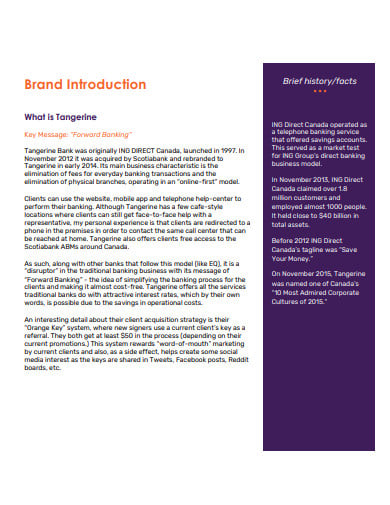 squarespace.com
squarespace.com11. Sample Social Media Audit Strategic Plan
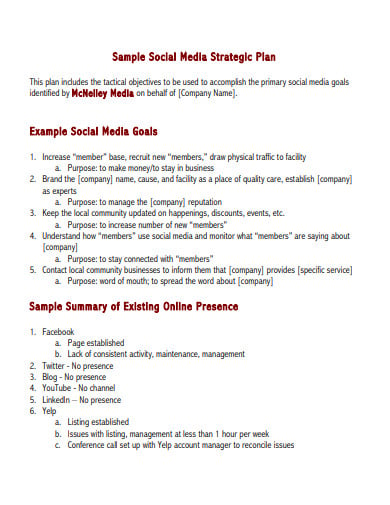 handboek.social
handboek.socialHow to Perform a Social Media Audit (5 Steps)
-
Step 1: Knowing about your target audiences
The social media audit reveal who exactly your audience is, and keep in mind it could be very different depending on the social platform that you’re using. It is important that you take a good look at the targets inside your social media community. The few things that you should know about the audiences like where they are from, where they work in, what is their gender etc.
-
Step 2: To know the interest of your audience
There is plenty of data that will inform you about the general best time to post on each site. And while that’s a good beginning that you really need to know when is the best time to post for the audiences. Some things to remember while posting for the audiences are that which time that they interact with content the most.
-
Step 3: To know about content audiences interested in
It is better that you turn the spotlight to you away from the audience. Pay attention to the analytics and find the post engagement, reach, and virality. Look into the site to find out which post gathers the most likes and shares or which post has the farthest reach etc. Analyze the best post with the present posts.
-
Step 4: Measuring with a grading scale
To have a process and methodology for social media audit is essential for long-term success and effectiveness. Either it’s your own process using Excel, a template from a third-party source or a platform using consistent techniques puts science behind the historical comparisons.
-
Step 5: Assessing the websites and blogs
Checking out the relevancy of the website and blog pages to check for social media factors including the shareability, meta title, and description, formatting, keywords, visuals, content performance, etc. A few questions that can be asked like is your blog posts can be easily shared? Do the title and description making sense in a share? etc.
What do you Mean by a Social Media Audit?
A social media audit is also an opportunity to make sure that marketing techniques are successfully targeting established goals versus which ones need to be reviewed. The results can be used to help companies in planning future programs and completing the upcoming audits. It is like giving your business physical strength. Therefore it is to make sure that your business’s elements and performances are up to date. It should be checked to find out if everything is running smoothly.
With these, you can get a detailed insight with regard to social media’s success and failures. It is an absolutely essential part of any company. You should be undertaking an audit at least annually to keep everything up to date. Conducting one mustn’t as hard as it seems either. The guides are present to keep you on track while performing the audit.
Why do you Conduct a Social Media Audit?
The purpose and need of conducting the social media audit are for certain profiles that will be simple to find if social media is well-integrated into the organization’s marketing strategy or not. Still, quite a few may have fallen by the wayside. The profiles are generally on lesser-known networks or platforms which were once up and coming but have since lost popularity. Also, be sure to check the business websites. An Internet search engine can find elusive profiles or might point out any unofficial ones.
The recording of the information in the spreadsheet to track the platform of each profile, the URL’s and who are the people that can access it and the number of the followers. The tracking of each profile that how frequently it is updated and how often the viewers and audiences comment on the post of their own. This studies if the frequent post increases the traffic or do the selected updates gather viewers. And, recording the viewer’s engagements is done manually or using metrics.
Why is the Social Media Audit important?
The social media audit is conducted by a social media auditor and expert. As social media matures and becomes more complicated. With this, the social media audit increases in popularity. Due to the huge amount of time, skills, budget, and human resources it is taking to master social marketing today, more organizations are opting for a social media audit prior they decide on marketing budgets. They know it’s more complicated than ever to point where their investment is going so they can evaluate whether it’s delivering the best results.
The social media audit is a wise step because time and resources are usually wasted trying to improve things that do not need improvement while neglecting the kinds of stuff that really need attention. It will enable you to know those areas to focus your resources to get the best results and consequences.






